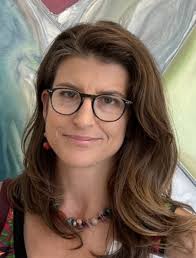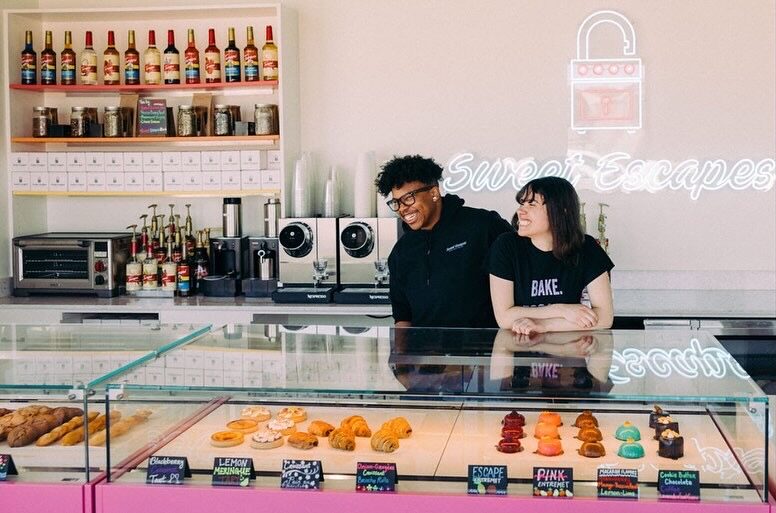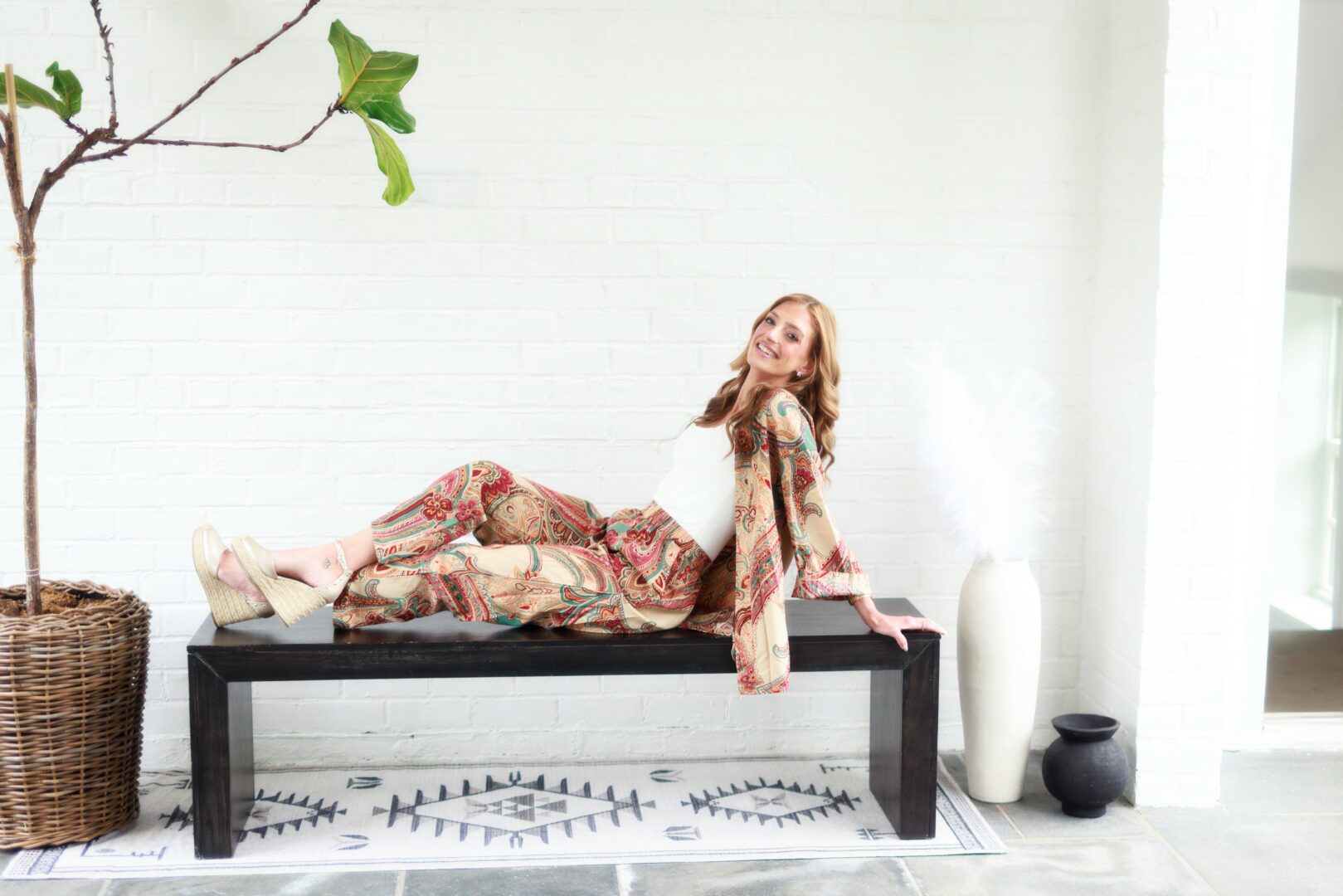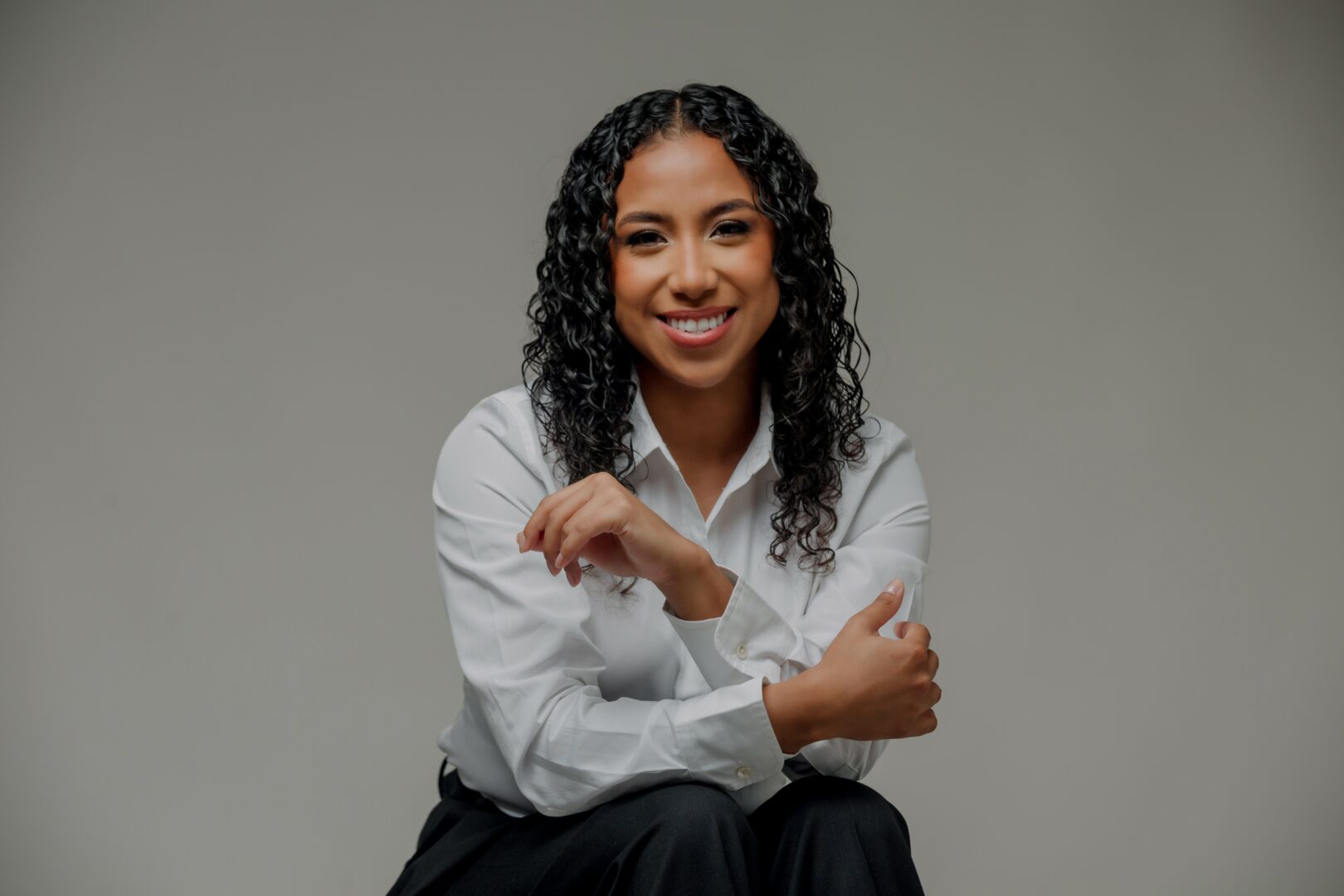We’re excited to introduce you to the always interesting and insightful Sarah Kaiser. We hope you’ll enjoy our conversation with Sarah below.
Hi Sarah , thanks for sharing your insights with our community today. Part of your success, no doubt, is due to your work ethic and so we’d love if you could open up about where you got your work ethic from?
I get my work ethic from my parents, who are both of German descent. So naturally, I have a strong German work ethic. My mom went to the “School of Hard Knox,” as she says. My mom, Donna Maus, was one of four kids–two boys and two girls. My grandpa only sent his sons to college and told my mom and her sister that they couldn’t go. If I had been in her shoes, I would have resented that. But I am thankful that in 1992, when I graduated from high school, young women were encouraged to go to college. Instead of college, my mom learned on the job, which was definitely more affordable than paying tuition. She just got an entry-level job at Levi Strauss, sewing blue jeans on a machine on the floor with all of the workers. She always works hard and cares a lot about people. She learned on the job and worked for Levi’s for 23 years. Because she was so focused and driven, she got promoted many times. Eventually, she became a Quality-Assurance Manager. She supervised people who checked blue jeans for damages. I remember walking through department stores with her while she would point out the flaws on the jeans on display. As an artist and a gallery owner, I must assure my clients that the artwork they are buying is top quality and in excellent condition. I am very detail-oriented, and notice if a frame is scratched, or if one of my paintings needs improvement. All of the art at The Grove Gallery, the gallery I manage in Evanston, Illinois, are archival, which means they are acid-free and will stand the test of time. I always say that I want my art to last longer than I will.
My dad, Mike Kaiser, is a builder, and ran his own heating and air conditioning business until he recently retired and moved to Florida. He lived in a suburb of Cincinnati called Mt. Carmel. He built several of his own homes, and was trained by strict German carpenters. Everything had to be square and professionally finished. He always notices when carpenters have taken shortcuts and built things shabbily. He also didn’t get the chance to go to college–he went to Vocational School instead. He came from a line of HVAC guys, as his uncle also did the same thing. I remember back in 1980, when he was building his house in Cincinnati. I saw him pour the foundation and put up the trusses. He gave me a hammer and some nails to play with while he was working. I often passed my time that way, hammering nails into a scrap piece of wood. I am very handy. I make my own frames for my paintings, have refurbished the walls in my gallery, and often take on home improvement projects without hiring a contractor. Eventually, after years of hard work, he got a good job as a superintendent of big office buildings in downtown Cincinnati. He worked for Federated. Like me, he eventually opened his own business: Kaiser HVAC.
I didn’t come from a family of artists. Like I said, I come from humble beginnings. But when I teach people how to draw portraits, I make analogies to building houses. It’s important to lay the foundation with construction lines, and then add the features. Although my father has never made art, I know he would be excellent at perspective drawing if he tried. I keep trying to get him to take a class. But he has been telling me how to repair air conditioners for as long as I can remember. That’s just how he is wired. Jokingly, I should be able to repair mine myself, now. Since my dad ran his own business, he worked long hours. If someone’s heater broke down in the dead of winter, he would go and help them, no matter what time it was. He was very resilient, walking around on icy rooftops and crawling around up in the duct work. Once he fell off a ladder and broke his foot.
I work every day. Admittedly, I work too much, like my parents did. They are both retired now. But I love what I do. I am the director of the Grove Gallery in Downtown Evanston, which I opened about one year ago. I am very dedicated to curating exhibitions that are community-focused. This November, the exhibition will be called “Food for Thought.” It will include an array of delectable still life paintings of edible subjects. At least 50 percent of the revenue from art sales will benefit the C and W Market Foundation, which provides bags of groceries to people facing food insecurity.
I also teach drawing and painting classes in my studio at the Noyes Cultural Arts Center, an historic former elementary school built in the late 1890s and designed by Daniel Burnham, eminent architect. My business is called Studio 215, and the website is www.studio215.org.

Great, so let’s take a few minutes and cover your story. What should folks know about you and what you do?
I love what I do. I am the director of the Grove Gallery in Downtown Evanston, which I opened about one year ago. I am very dedicated to curating exhibitions that are community-focused. This November, the exhibition will be called “Food for Thought.” It will include an array of delectable still life paintings of edible subjects. At least 50 percent of the revenue from art sales will benefit the C and W Market Foundation, which provides bags of groceries to people facing food insecurity.
Gallery Website: www.grovegallery.shop
When I am not running an art gallery, I am either teaching art or working on my own paintings. I teach drawing and painting in my studio at the Noyes Cultural Arts Center in Evanston, IL. It is an historic building designed by Daniel Burnham, eminent architect, who designed many famous structures in downtown Chicago. I teach figure drawing, oil painting and watercolor painting in my studio. I think the experience is more authentic for students when I work on my own paintings along with them.
www.studio215.org
There are many stereotypes about artists. I think that being an artist is one of the hardest jobs there is because it is so competitive. I have had several doors shut in my face and have had to navigate my way through many difficult situations. Regardless of the result, I have learned the hard way, and always bounce back.
Like my parents, I value hard work and make quality products. I put my best efforts into making my own art.

There is so much advice out there about all the different skills and qualities folks need to develop in order to succeed in today’s highly competitive environment and often it can feel overwhelming. So, if we had to break it down to just the three that matter most, which three skills or qualities would you focus on?
As an artist, I think resilience is important. This is a very competitive career path, and rejection is par for the course. My mantra is that the more times I step up to bat and try to hit the ball, the higher chances I will have to succeed. If I fail, I try to learn from my mistakes and move on. Also, as a woman, I have had to work at least three times harder than men to get where I need to go. Imposter syndrome is real, and it’s important for female artists to trust their inner voices. When I have been full of doubt and afraid to move forward, I trust myself and ignore people who doubt me or my abilities. Sometimes I wish I had deep voices like men do so that my words would reverberate through a space and people would hear what I have to say. One of my favorite quotes is by Winston Churchill: “When you are going through hell, keep going.” You will eventually get to the other side. I have been through a lot in my life, and didn’t have an easy childhood. But I am grateful that I had to weather many storms. I am grateful to my parents for teaching me how to work hard. But mostly, I am proud of myself for never letting people tell me I couldn’t do something.

Alright so to wrap up, who deserves credit for helping you overcome challenges or build some of the essential skills you’ve needed?
When I look back on my life, and think about the people who have helped me overcome challenges, I think of some of my teachers and professors. As a young person, I was seeking structure and often felt lost. In high school, my history teacher, Tim Moore, helped me. I was running cross country and found that I would drop out of races when I wasn’t winning. I was too competitive. He would hide behind bushes on the course and catch me when I wanted to drop out of the race. He taught me that it’s not about winning. It’s about finishing the race. It about continuing to show up.
Two college professors in art school also helped me a great deal: The first one is Patrice Sullivan, my painting teacher at Colorado State University. It was in her class that I realized how powerful art was and how painting was an activity I wanted to do for the rest of my life. Her conviction and her drive spoke to me. She made her students work very hard and she taught concepts more clearly than any other art teacher I had ever worked with. Her paintings of her family speak to me.
Another professor who really made an impression on me was Herbert George at the University of Chicago, where I earned an MFA Degree. I was having a very difficult time and wanted to drop out of the program. But he sat me down and helped me to clear my head. He helped me to regain my focus and hear my own voice. Essentially, he taught me to believe in myself. I am grateful to all of them. I have not dropped out of the race.
Contact Info:
- Website: https://www.grovegallery.shop
- Instagram: #grovegalleryevanston
- Facebook: https://www.facebook.com/profile.php?id=61570469926033
- Linkedin: https://www.linkedin.com/in/sarah-kaiser-amaral-b42ab63/
- Twitter: @sarahkaiser919
- Other: Thank you for this opportunity!




so if you or someone you know deserves recognition please let us know here.




